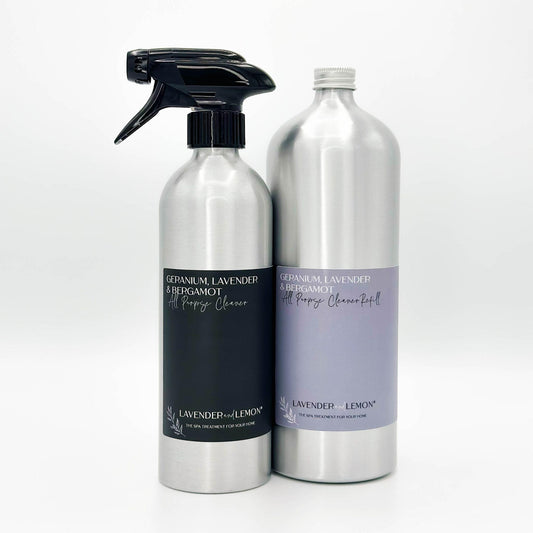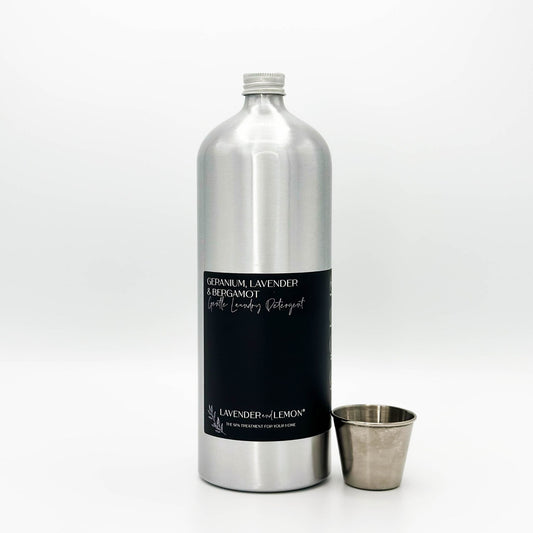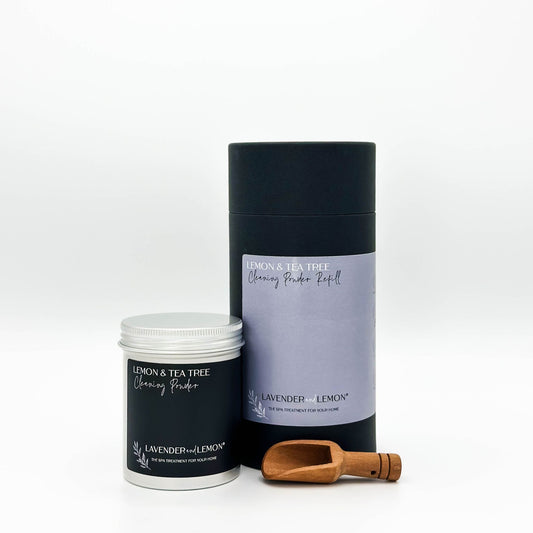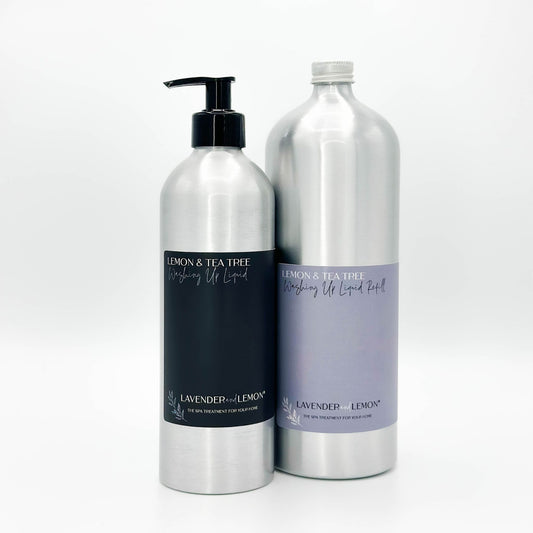Free Shipping Over £35

Wool vs Plastic Laundry Dryer Balls: Which is the better choice
Share
If you’ve ever wondered whether using laundry dryer balls can make your laundry routine more efficient and eco-friendly, you’re not alone. Many people are switching from dryer sheets and fabric softeners to laundry dryer balls for their effectiveness in reducing drying time and softening fabrics. But the debate remains: wool vs plastic dryer balls —which is better for your laundry and the environment?
In this blog post, we’ll explore the differences between wool balls for tumble dryers and plastic dryer balls, explain how dryer balls work, and help you decide which type is the best fit for your laundry needs.
What Are Dryer Balls?
Dryer balls are reusable alternatives to traditional dryer sheets and fabric softeners, designed to help reduce static, soften fabrics, and decrease drying time. These small, round balls are tossed into the dryer with your clothes and help separate laundry items, allowing more air to circulate through the load, which speeds up the drying process.
But what are dryer balls made of? They typically come in two main types: wool dryer balls and plastic dryer balls. Each type has its own pros and cons, which we’ll explore in more detail below.
[product=wool-dryer-balls]
✓ Saves money - no more buying clothes conditioner
✓ Saves energy - 25% reduced drying time
✓ Laundry dryer balls last 3-5 years
[/product]
Wool vs Plastic Dryer Balls: Which is Better?
When comparing wool vs plastic dryer balls, there are several factors to consider, such as eco-friendliness, durability, noise levels, and how well they work. Let’s break down the key differences between the two.
1. Wool Dryer Balls
Wool balls for tumble dryers are made from 100% natural wool, often sourced from sheep. These dryer balls are eco-friendly, biodegradable, and hypoallergenic, making them a great choice for those with sensitive skin or allergies. Here’s why tumble dryer balls made of wool are so popular:
- Eco-Friendly and Sustainable: Wool dryer balls are biodegradable and come from renewable sources, making them the more environmentally friendly option. They are free from synthetic materials and can last for up to 1,000 loads, reducing waste compared to disposable dryer sheets.
- Gentle on Clothes: Wool dryer balls are soft and gentle on fabrics, which makes them ideal for delicate items. They reduce friction and static without using any chemicals.
- Quieter in the Dryer: One of the benefits of wool balls for tumble dryers is that they’re much quieter than plastic alternatives. The soft wool material absorbs some of the noise, meaning less rattling in your dryer.
- Can Be Scented Naturally: If you like your laundry to have a pleasant scent, you can add a few drops of essential oils to wool dryer balls before tossing them into the dryer. This gives your clothes a fresh, natural fragrance without the use of artificial chemicals.
2. Plastic Dryer Balls
Plastic dryer balls, also known as laundry dryer balls, are typically made from hard, BPA-free plastic or rubber. They often have spiked surfaces that help to fluff and separate clothes as they tumble in the dryer. Here’s what you need to know about plastic dryer balls:
- Durability: Plastic dryer balls are highly durable and can last for years without breaking down. Unlike wool, they won’t degrade over time, making them a long-lasting option.
- Effectiveness: The spiked surface of plastic dryer balls is designed to create more space between laundry items, improving airflow and helping clothes dry faster. However, they don’t soften fabrics as gently as wool balls, and they can sometimes cause more static in certain types of fabrics.
- Noisy in the Dryer: One downside of plastic dryer balls is that they tend to be noisier than wool balls. The hard plastic can make a rattling sound as it bounces around inside the dryer, which some users find disruptive.
- Not Biodegradable: While plastic dryer balls are durable, they’re not biodegradable and may eventually contribute to plastic waste. For those looking for a more eco-conscious option, wool balls are the better choice.
Do Dryer Balls Work?
You might be wondering, do dryer balls work? The answer is yes! Both wool and plastic dryer balls work by separating clothes in the dryer, allowing hot air to circulate more freely and speeding up drying time. They also help reduce static and wrinkles by preventing fabrics from clumping together.
However, how do tumble dryer balls work exactly? By tumbling around with your laundry, the balls create gaps between clothes, allowing more warm air to reach all areas of the load. This reduces drying time by up to 25%, which in turn saves energy and helps protect your clothes from overheating.
How to Use Dryer Balls
Now that you know how laundry dryer balls work, below is a quick guide on how to use dryer balls effectively.
How Many Dryer Balls Per Load
A common question when using dryer balls is, how many dryer balls per load? The answer depends on the size of your laundry load. For a small to medium load, 3-4 balls should suffice. For larger or heavier loads, such as towels or bedding, 5-6 balls will help distribute the load more evenly and improve drying efficiency.
- Toss Them In: Simply place the dryer balls in the dryer along with your wet laundry. They will work throughout the drying cycle to improve airflow, reduce drying time, and soften fabrics.
- Add Essential Oils: If you’re using wool dryer balls, you can add a few drops of your favorite essential oil to each ball for a fresh scent. Lavender, lemon, and tea tree oil are popular choices.
- Reuse: Tumble dryer balls wool or plastic can be reused for hundreds of loads, making them a cost-effective alternative to single-use dryer sheets.
Why Wool Dryer Balls Are the Better Choice
After comparing wool vs plastic dryer balls, it’s clear that wool dryer balls offer more benefits for both your laundry and the environment. Here’s why tumble dryer balls made of wool are the better option:
- Eco-Friendly: Wool dryer balls are biodegradable, made from natural materials, and help reduce energy consumption by shortening drying times.
- Quieter: They are much quieter in the dryer compared to plastic dryer balls, making the drying process less disruptive.
- Gentle on Fabrics: Wool balls are soft, which means they’re less likely to damage delicate fabrics or cause static.
- Chemical-Free: Wool dryer balls are free from harsh chemicals, making them safe for people with sensitive skin, allergies, or those who want to avoid synthetic additives.
The Verdict on Wool vs Plastic Dryer Balls
In the battle of wool vs plastic dryer balls, wool dryer balls come out on top for their eco-friendliness, quiet operation, and gentle care for fabrics. While plastic dryer balls are durable and effective, they can contribute to plastic waste and are noisier in the dryer.
For those seeking a more natural, sustainable solution to reduce drying time, cut down on energy consumption, and soften fabrics without chemicals, wool balls for tumble dryers are the way to go.
Make the switch today and see the difference wool dryer balls can make in your laundry routine!
RELATED ARTICLES
The Ultimate Guide to Dryer Balls: A Sustainable Laundry Solution for Soft and Fresh Clothes
Balls for the Dryer: Why Wool Dryer Balls Are the Best Choice for Your Laundry
Tumble Dryer Balls: A Natural Solution for Softer Laundry
The Benefits of Tumble Dry Balls: A Natural Way to Soften and Freshen Laundry
The Benefits of Tumble Dryer Balls: An Eco-Friendly Solution for Your Laundry

